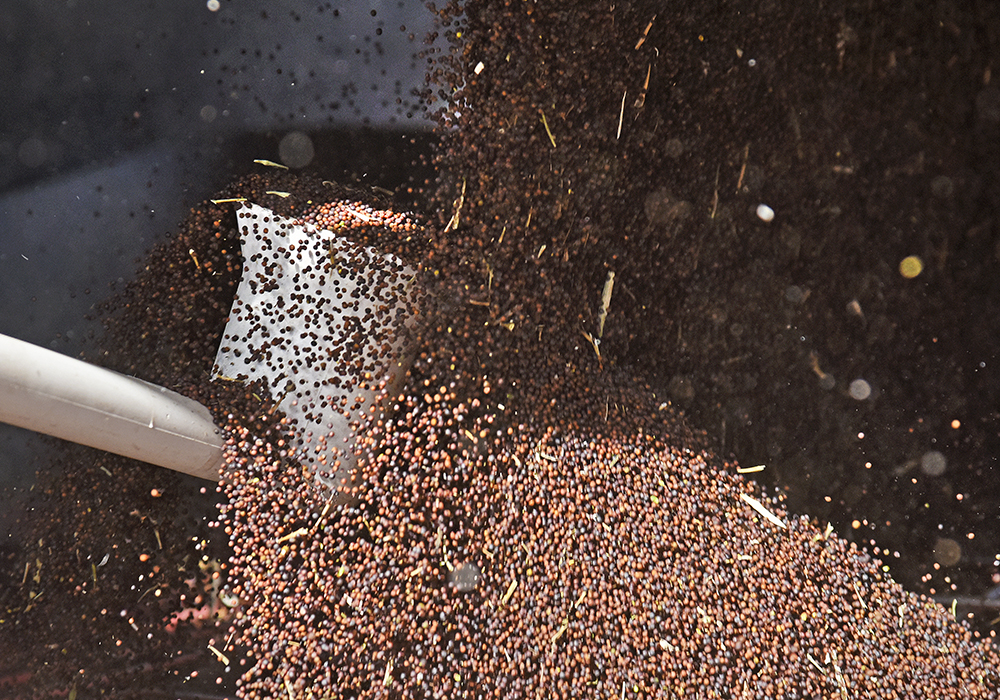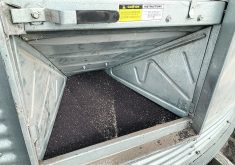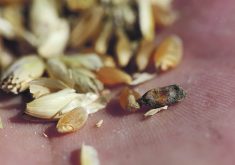The deadline to submit to the Harvest Sample Program is fast approaching.
For producers not already subscribed, it’s a good time to register for the initiative which provides free, unofficial grade and quality results for the 2024 crop.
Kerri Pleskach, program manager at the Canadian Grain Commission, said registered producers must get their samples in the mail by Nov. 30 to guarantee they are received on time.
Read Also

Russian wheat exports start to pick up the pace
Russia has had a slow start for its 2025-26 wheat export program, but the pace is starting to pick up and that is a bearish factor for prices.
“We do analyze samples we receive up until the end of December.”
Pleskach said the program is an aid to producers and the industry.
“There is a public benefit as well for sending in your samples. Not only does it benefit the producer so they know how to market their grains but at CGC we assess the quality and safety of the whole harvest each year,” she said.
“These samples also help us identify potential problems, which may cause customer concern. The crop quality of the harvest is made available to marketers to promote Canadian grain.”
The program is voluntary and provided at no cost to farmers. Producers can sign up on the web, by phone or at many trade shows that run across the prairies.
Pleskach said the program will send to registered producers colour-coded envelopes for each different type of grain sample and producers submit them by mail.
“Producers will get different testing depending on the commodity they submit but all samples submitted will get an unofficial grade,” she said, adding that official grades are required to be collected by a Canadian Grain Commission inspector.
Each sample submitted will provide quality results such as oil and protein content for canola, flaxseed, mustard seed and soybeans. Depending on the grain submitted, producers can also learn the chlorophyll content, iodine values and deoxynivalenol (DON) levels for wheat, corn, barley and oats.
The program offers dockage assessment on canola and mustard, as well as protein content on barley, beans, chickpeas, lentils, oats, peas and wheat.
The samples also help researchers evaluate grading factors to ensure the tolerance reflects the impact on end-use functionality, said Pleskach.
Pleskach said the CGC would like to see more samples submitted of smaller volume commodities.
“The overall trend over the years is, we’ve been receiving 60 percent cereals, 30 percent oilseeds, 10 percent pulses,” she said. “We always like more pulses. Oats, this year, we haven’t received a lot.”
More information on the program is available at grainscanada.gc.ca.
Contact alex.mccuaig@producer.com
















